There are many ways to improve your art, but they all come down to practice. One of the easiest ways to practice is just by simply drawing what you see around you. This art method has become more popular over the years, and it’s known as Urban Sketching.
Urban sketching involves quickly drawing details of a scene while the artist is there, instead of drawing from a photo. Urban sketches can be simple pen drawings of a city or nature scene in a sketchbook, or be fun and colorful. Urban sketching communities often meet up and sketch scenes together.
Urban sketches don’t have to be pictures of a big cityscape, they can be sketches of people waiting to get on the subway, or a scene at a secluded park out in the country. The main idea is just to capture the details and the feeling of a scene in a sketch, especially the details that you might not remember later on if you were sketching from a photograph or from memory.
There are so many aspects to urban sketching that it can feel overwhelming to a beginner, but in reality, it’s very simple. Get out and draw what you see with the materials you have.

Is urban sketching hard?
Urban sketching is easy for anyone to start, even if you aren’t a professional artist or you don’t think you have a lot of talent. It’s just a matter of practicing drawing what you see around you. The more you practice, the easier it will get. There are also tons of Youtube tutorials and online courses you can take if you would like to have the guidance of a teacher at first.
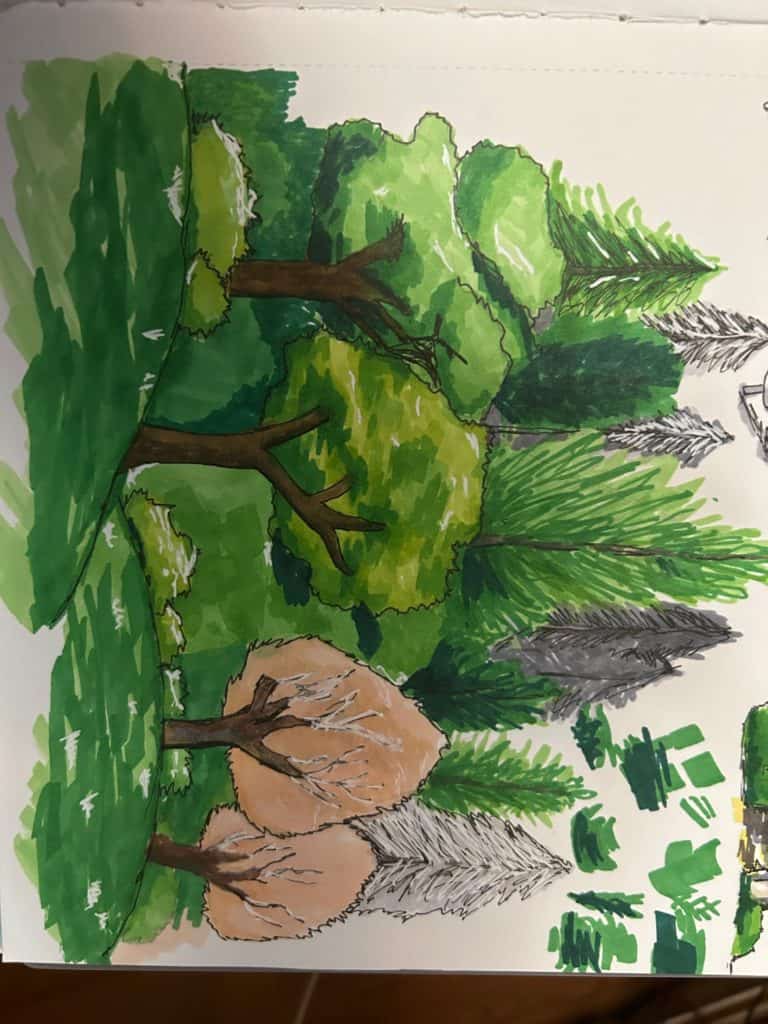
What materials are needed for urban sketching?
Sketchbook or paper
Mechanical Pencil or pen
Eraser
Optional materials:
Colored pencils
Alcohol markers
Watercolor paints or watercolor markers
One of the great things about urban sketching is that you don’t need a lot of materials. The whole point is to be able to pull out a sketchbook and pencil or pen very quickly and capture details of a scene in real time.
Many artists carry a sketchbook and pen, some also add a small portable set of watercolor paints, or colored pencils or markers. Urban sketchers can use any medium to create their sketches, so you can choose whether you want to add color or just draw in pencil or pen, it’s up to you! Mechanical pencils are helpful so you don’t have to worry about keeping them sharp while you are out on location.
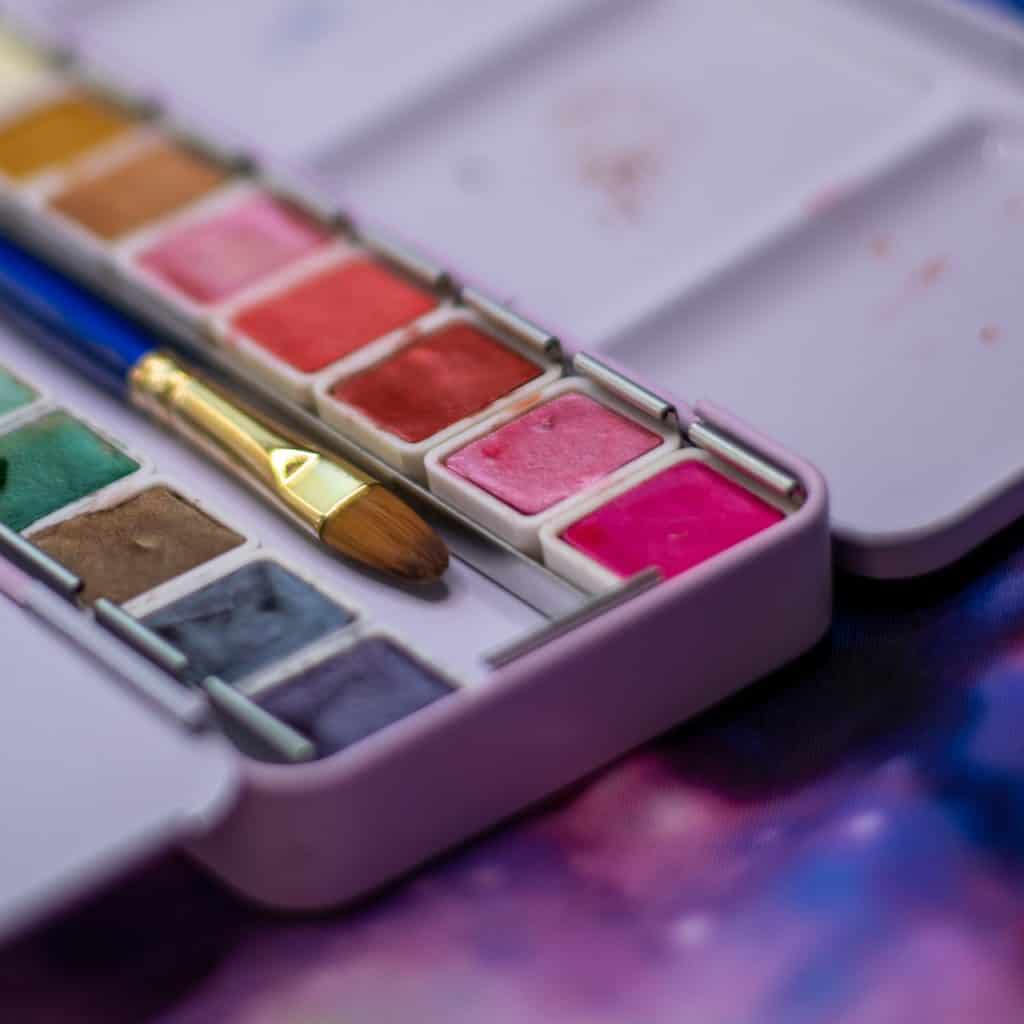
If you choose to add color, you can bring along a set of whatever medium you like. Many urban sketches are done with pen and watercolor. If you’d like to try that, there are a couple of extra things to know. First, if you’re sketching with pen and adding watercolor, make sure to use an alcohol-based pen or marker, because a water-based marker will start to run when you add watercolor paint on top of it. I’ve got a whole post here with info on water-based markers versus alcohol markers that’s helpful if you’re not sure what to get.
I’ve also got a post here with a comparison of two popular brands of watercolor markers, for those who don’t want to carry a watercolor set with water and brushes. Alcohol markers are also a popular choice, because they blend very well and come in variety packs.
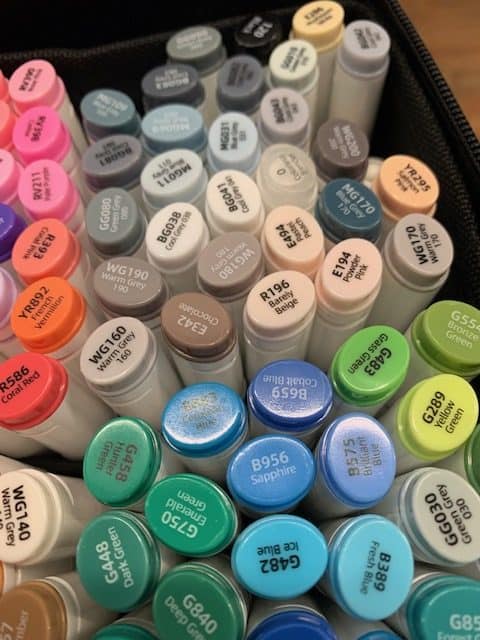
What’s the most popular area for urban sketching?
Urban sketching can be done in any city or area, but some of the most popular cities are the ones with a lot of distinct buildings or landmarks.
The top 5 cities for urban sketching are:
- Paris, France – known for rustic streets and landmarks like the Eiffel Tower and the Louvre, Paris is a very popular destination for all kinds of artists, including Urban Sketchers.
- Sydney, Australia – Sydney has some iconic landmarks that artists love to sketch, including the Sydney Opera House and the Sydney Harbour Bridge. There are many groups of urban sketch artists in Sydney that meet for sketching events. They even have an annual Sydney Sketchfest, which allows artists of all skill levels to participate and celebrate urban sketching.
- New York City, USA – New York is famous for its tall skyscrapers and packed streets, with tourist spots like the Statue of Liberty and Times Square drawing in urban sketchers from all over the world.
- Rome, Italy – Rome is a city with history like no other. Many people go to sketch the coliseum and historic landmarks that they wouldn’t be able to see anywhere else.
- Barcelona, Spain – the rich culture and bustling streets of Spain are hard to resist for any artist, especially urban sketch artists who love to use color.
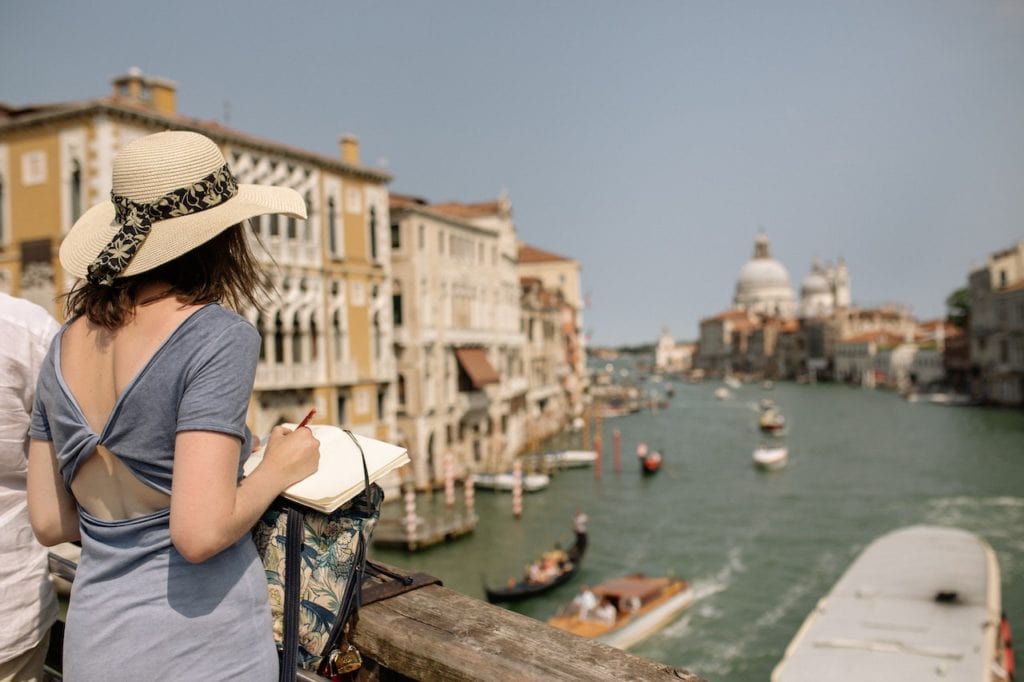
Ultimately, it’s just the preference of the artist, as urban sketching is designed to just capture the details and the feel of a particular scene or place. A huge city with historic landmarks can look just as beautiful in an urban sketch as a field with a river and butterflies.
How Do You Do Urban Sketching?
- Practice, practice, practice – There is nothing that will help you gain new skills and confidence as an artist like just getting out there and putting a pencil or pen to paper. The more you do it, the easier it will get.
- Find an area that interests you, or something about the scene around you that feels unique and fun to draw. You don’t have to pick the biggest building with a thousand windows right out of the gate. Keep it light and fun.
- Start by roughly outlining the biggest lines or elements so you don’t run out of space on the page. Some artists have trouble with keeping their spacing or proportions correct. If you start with the biggest element, you can use that to make sure the smaller elements fit in around it.
- Start with simple, loose pencil (or pen) lines – Sketching is designed to be quick and effortless, so your lines don’t have to be perfect.
- Capture the details that help set the tone for the scene – If you’re in a marketplace and you are captivated by the merchant’s son playing in the dirt under the vegetables for sale, starting by just drawing the boy might not give you enough time to get in the other elements in the scene that really tell the story of why he’s down there playing in the dirt.
- Use different types of lines and techniques to create your sketch – There’s a post here that can give you an idea of several different types of lines you can use in your sketches to elevate them to the next level, even when you’re working quickly.
- Learn about perspective – this will help keep your buildings from looking like they are falling over or squished on top of each other. Perspective is what makes things look small as they get farther away, and it’s a super important part of composing your sketches.
- Add color if you’d like – This will give the scene in your drawing an extra pop. Make sure to use a journal with watercolor paper so that your initial drawing isn’t ruined when you add the water. I like the link above if you are on a budget, but I love this one for something that makes it feel extra fun. Just make sure you get something that lays flat so your paints don’t run.
If you are looking for an easy intro level tutorial to get started with your first urban sketch, check out the video below. There are tons of resources and options available on youtube like this to help you get started, the most important thing is just getting started!
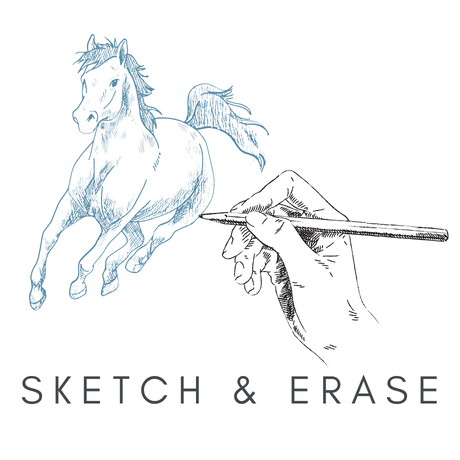

One Response